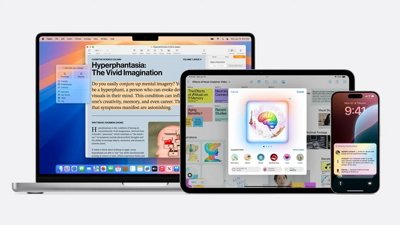Apple announced the Apple Watch and watchOS months ahead of their eventual release. The September 2014 keynote included a "one more thing" moment, showing off the Apple Watch for the first time. The wearable finally launched in the spring of 2015 with an iPhone-dependent operating system.
Hardware and software advances have allowed the Apple Watch to detach itself from the iPhone slowly. Now users only need an iPhone to set it up for the first time, after which the device can perform tasks independent of a smartphone.
Apple also introduced a feature that allows the Apple Watch SE or cellular Apple Watches to be set up for family members independent of an iPhone. The initial setup requires the family organizer's iPhone for setup, but the Apple Watch itself will not be paired to an iPhone nor need one for normal operation. This is useful for children or elderly parents who do not own an iPhone.
The blood oxygen detection system is part of a patent violation claim from Masimo, which has led to the ban on Apple Watch import to the United States. To get around the ban until appeals can be made or a new device released, Apple has blocked blood oxygen detection on new imports, but didn't change anything for existing devices.
watchOS Features
Apple built watchOS as an extension of iOS in both look and feel. Tapping and swiping gestures make up most of the software's interactions. The Digital Crown adds a physical scroll-wheel function.
Iconography and interface elements take on rounded shapes for better presentation and readability on the tiny display. Apple has increased information density over time to take advantage of increasing display sizes.
Widgets can be accessed by scrolling the Digital Crown up while on a watch face. Control Center can be reached by pressing the Side Button.
Apple Watch has matured into a sophisticated device, with fitness, health, and convenience driving the device's use case.
Fitness
First and foremost, Apple Watch is a fitness device. The Apple Watch tracks users' active calories burned, exercise time, and stand hours.
watchOS includes automatic tracking features that can detect what a user is doing throughout the day. The accelerometers, heart-rate sensor, and barometer can work together to determine if a user is walking, running, or swimming.
Apple includes the Workout app to start specific workouts with different goals. The Activity app displays a user's metrics with a system of concentric rings. It also tracks Activity Challenge medals and lets you challenge your friends to workout competitions.
Third-party apps can tap into the Apple Watch's sensors to provide specialized workout and activity apps for things like yoga or guided five-minute workouts.
In late 2020, Apple Fitness+ launched, providing Apple Watch owners with a home workout service. Designed to compete with services like Peloton, Apple Fitness+ streams a continually updated series of fitness videos from Apple's in-house instructors. It syncs with the Apple Watch, displaying user metrics onscreen.
Apple Fitness+ requires watchOS 7. It costs $9.99 per month and is also available as part of Apple One bundles.
Health
Apple didn't initially position health features as the Apple Watch's focus, but health quickly became the platform's cornerstone. Today, watchOS tracks various health metrics with the watch's sensors, trying to warn users of potential health issues as they arise.
The heart-rate sensor tracks a user's heart rate every five minutes when being worn and every minute of an active workout. If it senses a dangerous condition or abnormal heartbeat, it notifies users and asks them to seek medical attention.
Automatic fall detection uses algorithms to determine if a person has fallen abruptly while remaining motionless. If the feature is enabled and it senses that the user is unresponsive, the Apple Watch will call emergency services like 911 in the U.S.
Debuting in the Apple Watch Series 4, the built-in ECG lets you measure your heart electrical activity using the Digital Crown. If it detects an AFib, it will alert you to see a doctor for more advanced screening.
Apple Watch has been known to save lives on many occasions with its various alerts and features built into watchOS.
Customization
Although Apple doesn't allow third-party watch faces on watchOS, you can get close using built-in customization features. The watch faces have small data points visible called "complications" that can be changed to whatever the user wants.
Developers can build complications for their apps, which automatically populate the watch interface's complication picker. As of watchOS 7, users can display multiple complications from the same app on the same watch face.
iOS 14 and watchOS 7 both enable users to share their customized watch faces over iMessage. The feature prompts users to install any missing apps when clicking on a shared watch face. Apple is also planning on releasing editorialized content in the App Store that suggests specific watch face configurations.
The Apple Watch Series 5 and later have always-on displays, which will dim slightly when not in use, showing updated information on a slightly altered version of the user's watch face.
watchOS Releases
Through the years of releases, watchOS has seen multiple design changes and feature updates. The current operating system is vastly different than what was released in 2015, as Apple has learned what users want from the platform and changed it accordingly.
watchOS 11
watchOS 11 offers more ways to view collected data like a Vitals app and Training Load. It is a minimal update with few UI changes beyond Live Activities in the widget view and rest days for workout streaks.
If a user logs an active pregnancy in the Health app, it will shift some aspects of the Health and Cycle Tracking apps to account for it. For example, the Cycle Tracking app will show the user's gestational age with an option to log symptoms.
Workouts performed over a month will establish a baseline to determine a metric called Training Load. It determines the strain on the user's body from workouts performed over the previous seven days.
One of the biggest updates was also a simple one — users can now maintain streaks with rest days. If a user is sick or otherwise unable to close their rings, there is an option to pause streaks until they are ready to continue.
watchOS 10
Apple revealed watchOS 10 during WWDC in June 2023 with a complete redesign. It introduced widgets to the platform and improved information density for larger watch faces.
New APIs for customizable workouts will give users greater control over fitness modes. A new cycling feature adds Live Activities to the iPhone as well.
Hiking has more options, like trail information and a topographic view. Bluetooth accessories can also automatically pair with Apple Watch to log data.
Another feature is called NameDrop, which can be initiated from a complication. It enables quick sharing of contact information by bringing Apple Watch close to another, face to face.
Scrolling the Digital Crown brings up a widget interface that shows data from installed apps. Pressing the Side Button launches Control Center from anywhere on the Watch.
watchOS 9
Apple placed a focus on UI refinements, user control, and more health tracking features for watchOS 9. Old watch faces originally designed for smaller models were finally updated to include support for new complication types.
Two new watch faces were introduced alongside a remade Astronomy face that takes advantage of larger displays. Users are able to set up Focus Modes on iPhone that automatically switch their watch face on Apple Watch.
A new Medications app keeps users informed about their medications. Notifications for when to take a specific drug will appear, and users will be warned if they enter multiple drugs that have interactions that could cause harm or weaken their effects.
Workout views are improved to show more relevant data, and workouts can be customized for intensity and time. Sleep tracking also gained more data points about sleep cycles and how sleep is affected by heart rate or respiratory rate.
watchOS 8
The Apple Watch has become a mature platform with little wiggle room for new feature additions, but watchOS 8 has some much-needed updates. Developers have more control over complications, users have more control over notifications, and sharing content from the wrist is easier than ever.
Focus Modes enable users to build custom Do Not Disturb modes based on an activity or location. For example, if a user arrives a work their Work Focus Mode could block notifications from social apps. Shortcuts automations also give users the option to automatically switch watch faces based on what Focus Mode is enabled.
One long-awaited feature finally arrived with the Find My app on Apple Watch. Users can now be alerted if they've left their iPhone behind once the Apple Watch loses the iPhone's signal.
Sending messages is improved thanks to a swipe keyboard with an emoji keyboard similar to one found on iOS. This keyboard is especially useful on the now larger Apple Watch Series 7 display.
Apple also introduced new workout types for tracking Pilates and Tai Chi. There are also new workouts in Apple Fitness+ to match.
Other minor changes include Apple moving the Breathe app into the new Mindfulness app. Users can also try the Reflect function in Mindfulness with a special animation using swirling colors to help with the meditation.
watchOS 7
Apple announced watchOS 7 at WWDC 2020. The update was launched to the public in September.
The update is the first to allow multiple watch-face complications from the same app. It also adds watch-face sharing, which lets users send their customized watch faces to friends through iMessage. watchOS still doesn't support third-party watch faces.
watchOS 7 adds a more comprehensive sleep mode. When wearing the Apple Watch overnight, it will track basic stats like time asleep, heart rate, resting heart rate, and heart-rate variability.
The latest software also adds new workouts, including dance, Functional Strength Training, Core Training, and post-workout cooldown. Cycling directions are also available in Apple Maps, alerting users of upcoming obstacles like stairs.
In response to the coronavirus pandemic, Apple added a hand-washing timer. If the feature is turned on, the watch will alert users to wash their hands upon returning home. It will also start a timer automatically when it senses hand washing.
Alongside Apple's Translate app in iOS 14, the company added Siri translation support to the Apple Watch. Siri Shortcuts also now work natively on the watch, supporting both the Shortcuts Apple Watch app and complications.
The update added Family Setup, which lets parents set up an Apple Watch for children who don't have an iPhone. The feature only works with cellular Apple Watch models, as the watches of children without iPhones would otherwise have no way to stay connected away from Wi-Fi.
Apple's Memoji, which allows users to create custom avatars, now has a dedicated Apple Watch app. The app focuses on avatar creation. After making a Memoji avatar — either on the watch or a paired iPhone — it will populate as an option when messaging. Apple also added a Memoji watch face.
watchOS 6
Released in September 2019, watchOS 6 added new features and made the Apple Watch more independent.
With this version, Apple built the App Store into watchOS. For the first time, this made it possible to discover and install new apps without a paired iPhone.
The update added Activity Trends in the Health app. These add context, attempting to educate users on what their data means and what they can do to improve.
watchOS 6 also added menstrual cycle tracking. Women can use the Apple Watch app and complication to track their periods. It will also display in the iOS Health app.
Apple prioritized hearing health in its 2019 update. Using the watch's microphone, the Noise app keeps tabs on environmental audio levels. It can alert users if they're exposing themselves to loud environments that could lead to hearing loss. The iPhone Health app also shows data from headphone audio levels.
watchOS 5
Apple's 2018 watchOS update added new health and audio features.
One of the marquee additions was workout competitions. These allow multiple Apple Watch owners to challenge each other to complete customizable goals over a set time period.
Apple tweaked automatic workout detection in watchOS 5. Starting with this version, auto-detect will start a workout as soon as it detects a compatible workout. The update added yoga and hiking workouts as well.
Raise to Speak debuted in this firmware version. Compatible with Apple Watch Series 3 and later, Raise to Speak will invoke Siri without saying "Hey Siri" or pressing on the Digital Crown. Lifting the watch towards your mouth should trigger it. The feature had some kinks to work out at launch but has advanced to work more reliably in later updates.
The update added a Podcasts app to the Apple Watch. The app supports local storage and offline listening, so users can tune into their favorite podcasts without using a paired iPhone.
Apple's Walkie-Talkie app debuted with this 2018 update. The feature uses FaceTime Audio to establish an audio connection instantly, allowing paired users to talk with each other without having to accept a call.
This watchOS version also added third-party app support to the Siri watch face.
watchOS 4
Apple's 2017 update, watchOS 4, added the Siri watch face and several new fitness features.
The Siri watch face uses Apple's AI to surface contextual content and notifications throughout the day. It supports info like upcoming appointments, weather, traffic on your commute, HomeKit scenes, or sunset and sunrise times. Tapping on an alert will give you more data. You can also twist the Digital Crown to scroll through the day's reminders and alerts.
The update added new fitness features, including high-intensity interval training (HIIT), a Workout app redesign, and Monthly Activity Challenges that award users with in-app medals. The update included new heart-rate measurements, including heart-rate variability (HRV). It also added the ability to chain workouts together in one session.
The 2017 version also added the option to view the home screen as a list instead of a radial grid. It also included a redesigned Apple Music app and Apple News and Radio apps for the first time.
watchOS 3
The third iteration of watchOS began to mimic some of the interaction paradigms found on iPhone, like Control Center swipe-up and app switching. This was the final full redesign of the operating system before Apple focused on refinements and feature sets.
- Released in September 2016
- Dock has a favorite apps section
- Dock now contains up to 10 apps
- Switch watch faces with a swipe
- Control Center toggled with swipe up
- New faces include Minnie Mouse, Activity, and Numerals
- Apple Watch app on iPhone gains watch face gallery
- Share activity rings with friends
- Quick start workouts with previous settings
- Auto-pause workouts from lack of activity
- Wheelchair workouts and tracking added
- Breathe app added and alerts users regularly to breathe and meditate for a moment
- Scribble keyboard lets users draw letters rather than type them on the small display
- Emergency SOS will call emergency services and alert emergency contacts when the Side Button is held down
- Home, Reminders, and Find My apps added
watchOS 2
The second generation of watchOS worked out some of the odd decisions made in the original. While still not quite the final product, it was closer to Apple's eventual vision for the device UI.
- Released in September 2015
- Overhauled experience with speed in mind
- New watch faces include Time-lapse and Photo
- Time Travel function (later removed) let users scroll the Digital Crown to view complications as they would appear over time
- Nightstand mode shows the time and date when Apple Watch is charging vertically
- Siri can control HomeKit devices, make FaceTime audio calls, and start a workout
- Friends can have more than 12 friends with support for groups (Friends functionality was later removed)
- Beats 1 Radio support
- Reply to email using dictation
watchOS 1
The first iteration of Apple's watch operating system focused on fashion and putting social features up front. It wasn't long before Apple iterated on it and upended most of the original UI.
- Released with Apple Watch in Spring 2015
- Nine watch faces included at launch
- Twenty stock apps
- Circular app icons on the home screen placed in a grid
- Digital Crown navigation features
- Digital Touch, heartbeat sharing, and app dock central to the experience
Apple continues to advance watchOS with each new release. Apple Watch still relies on iPhone for some data but can operate independently and has options for cellular connectivity.
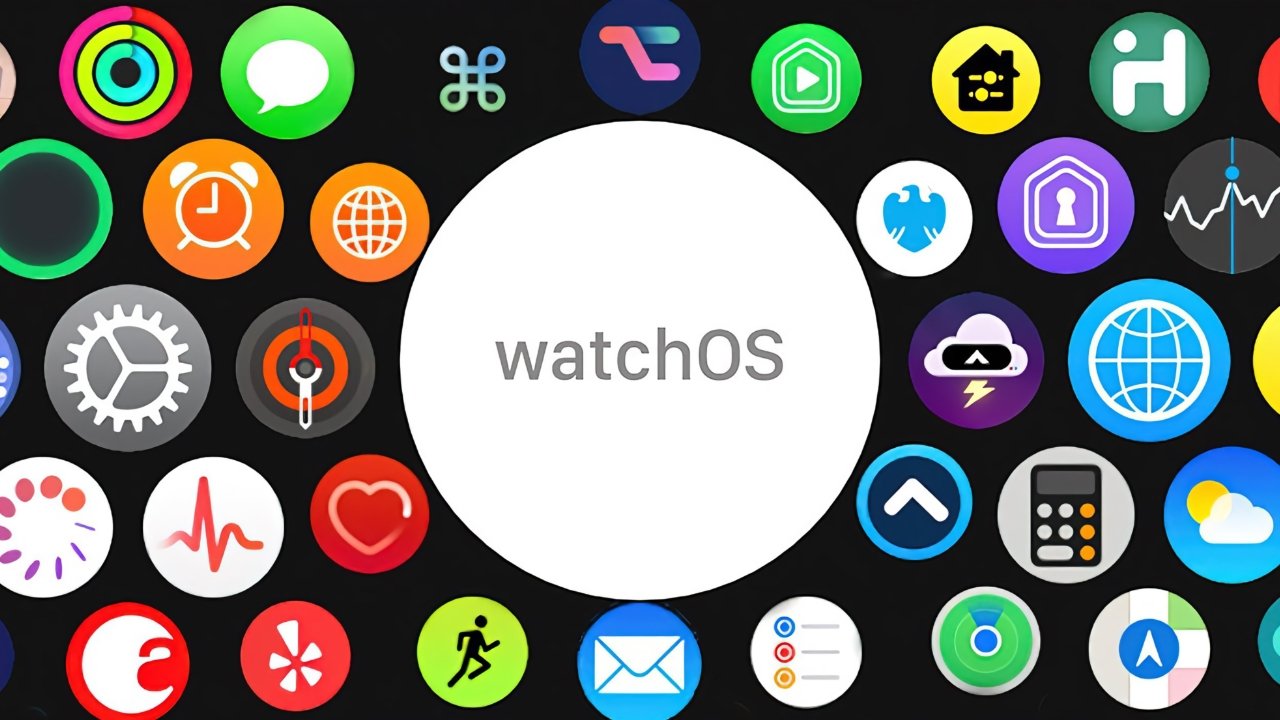
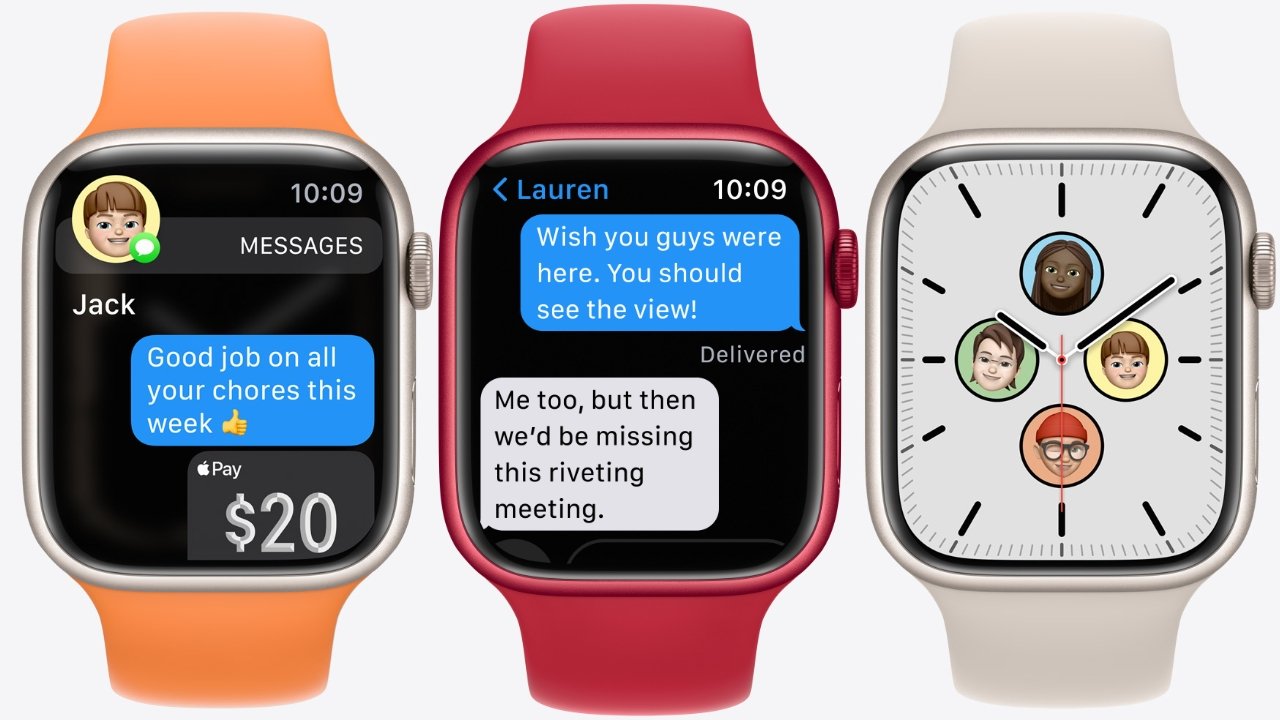
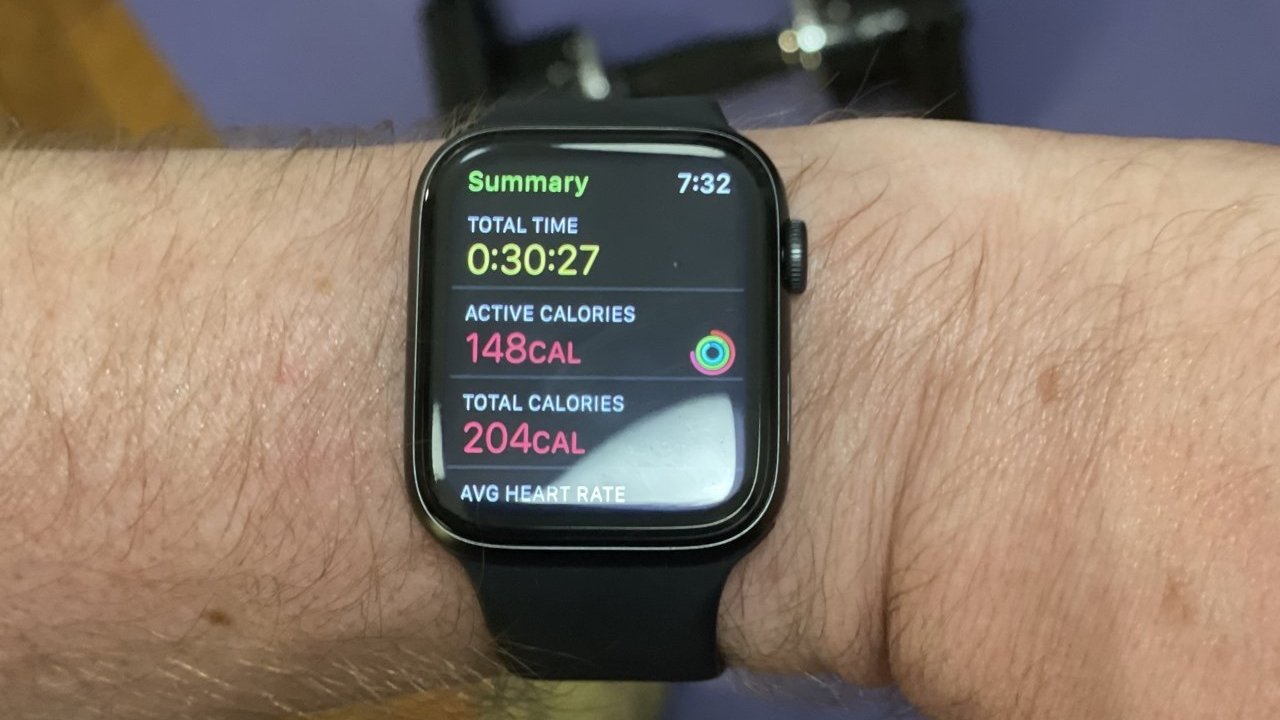
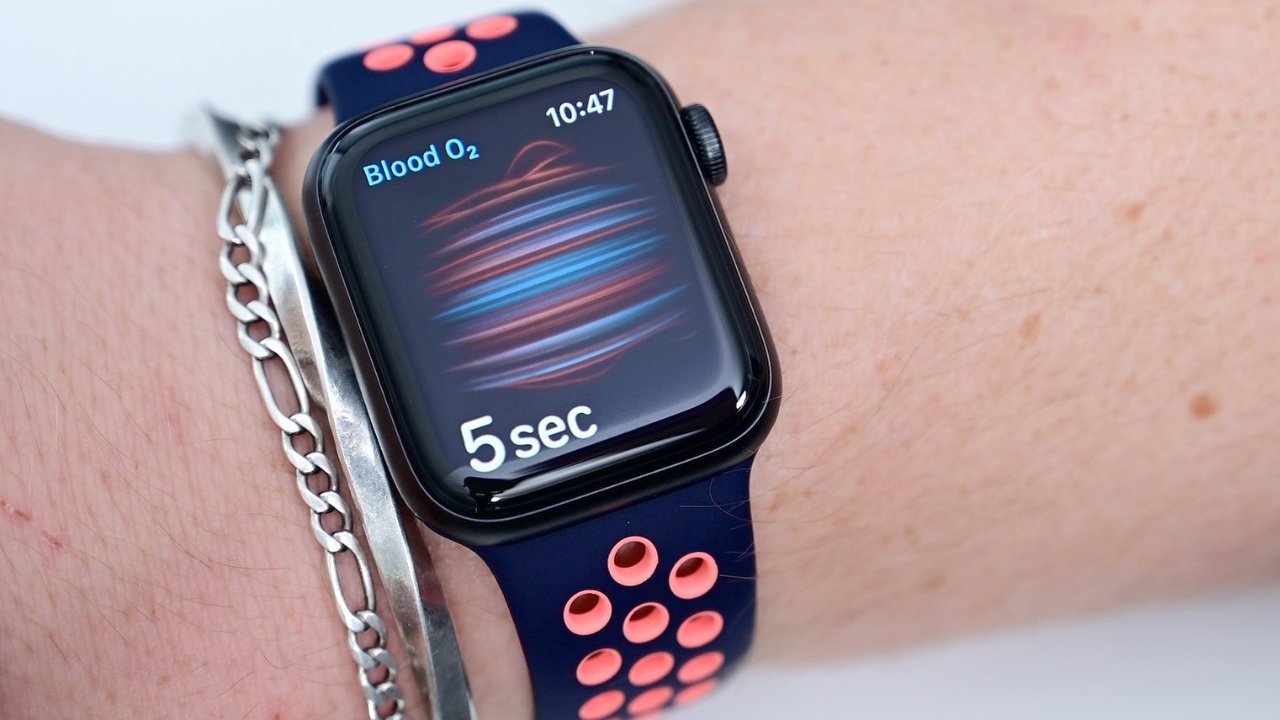
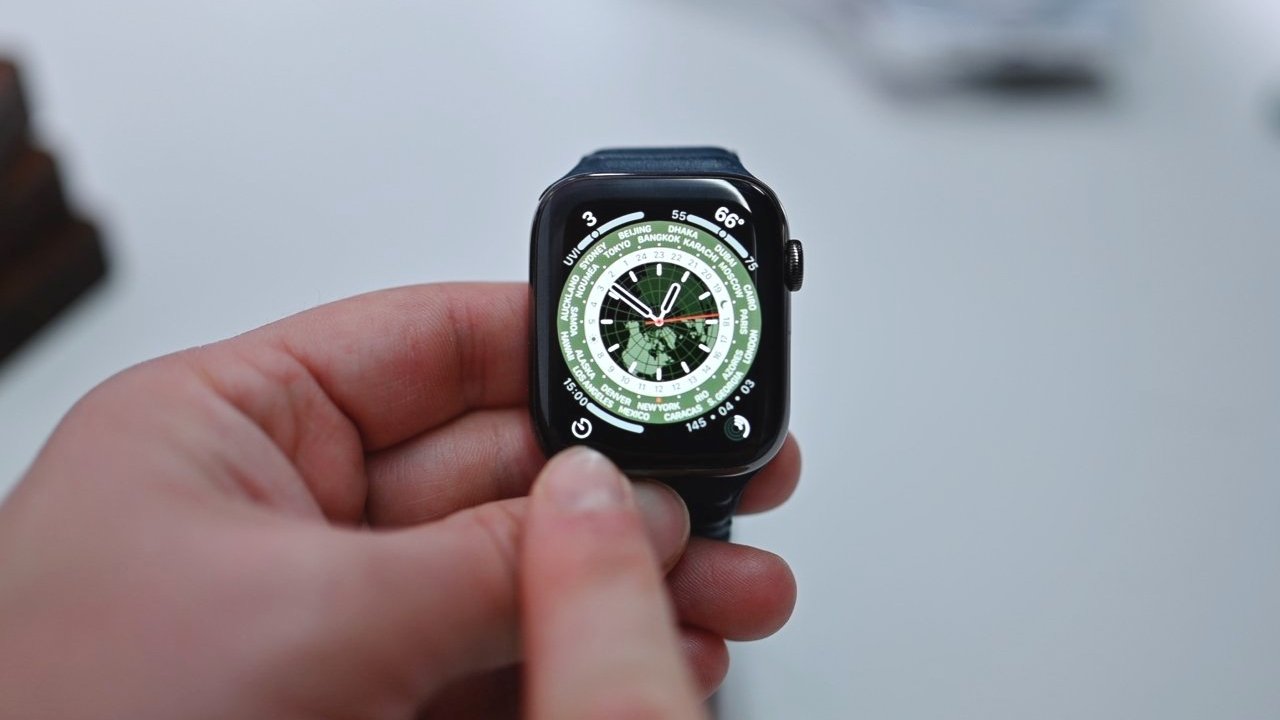
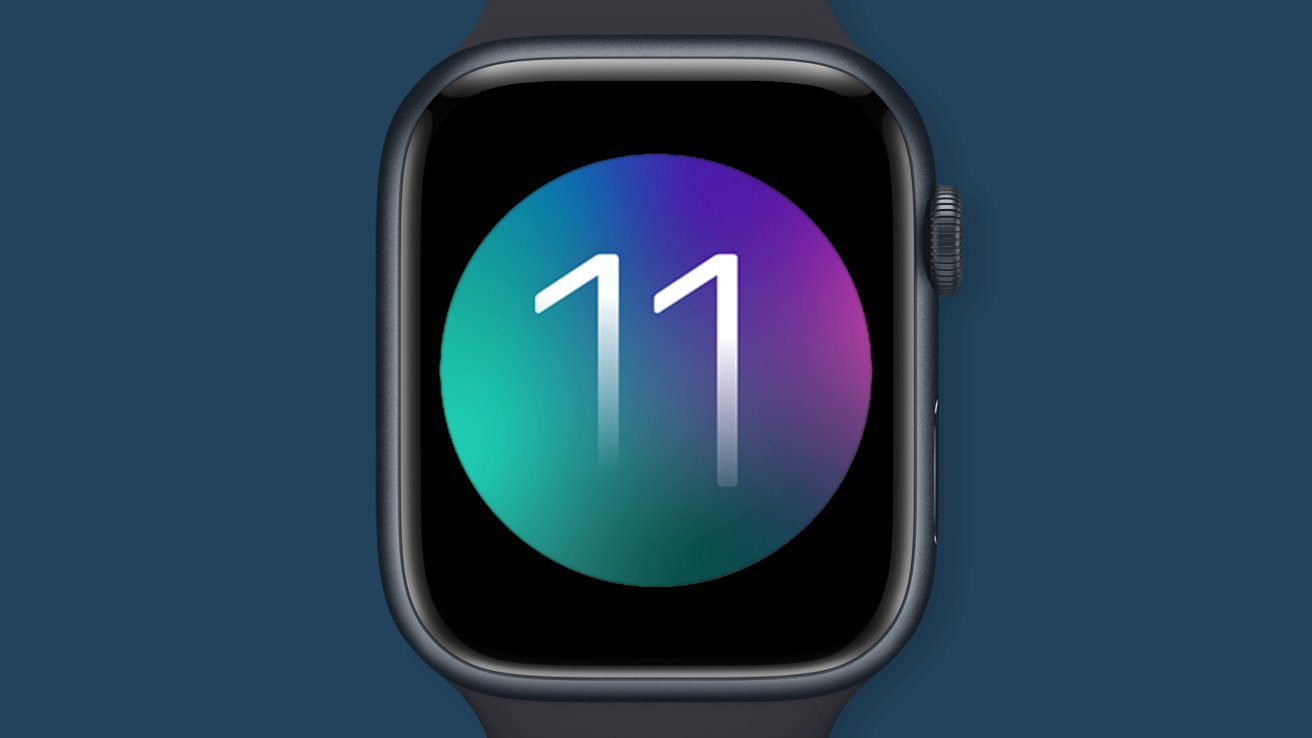
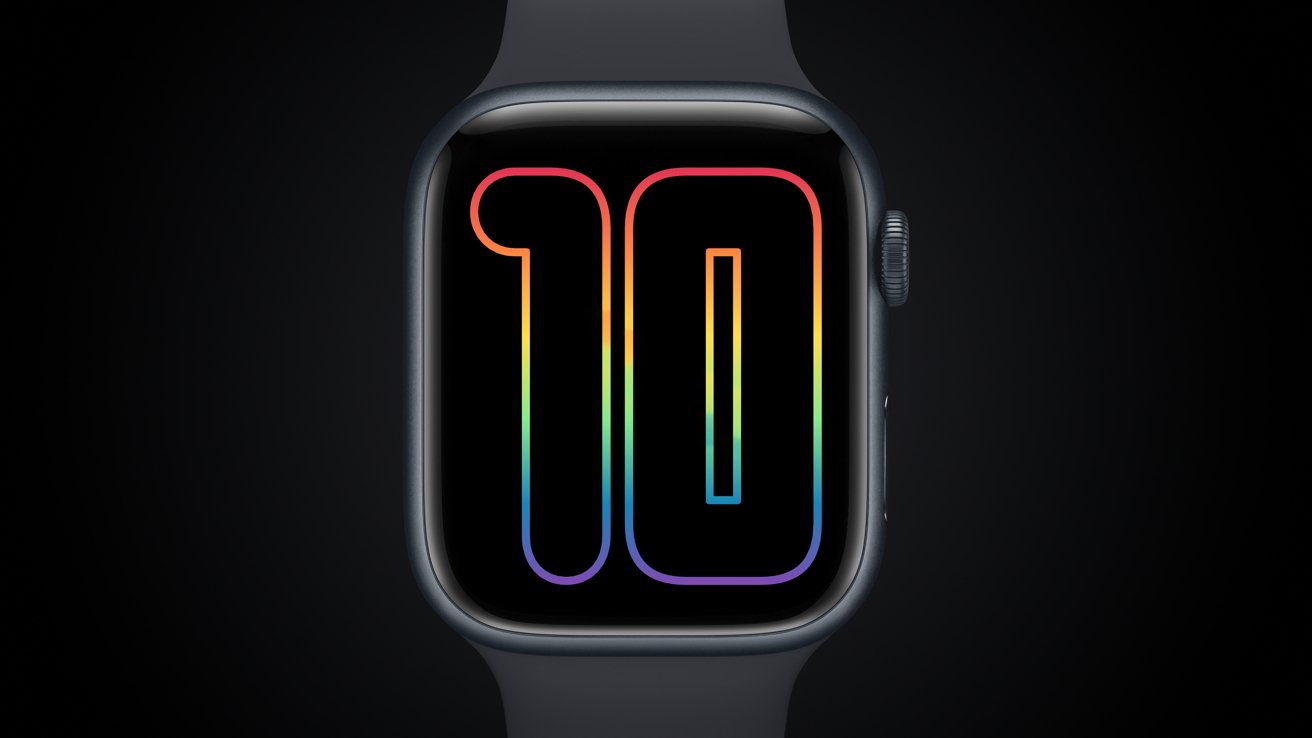
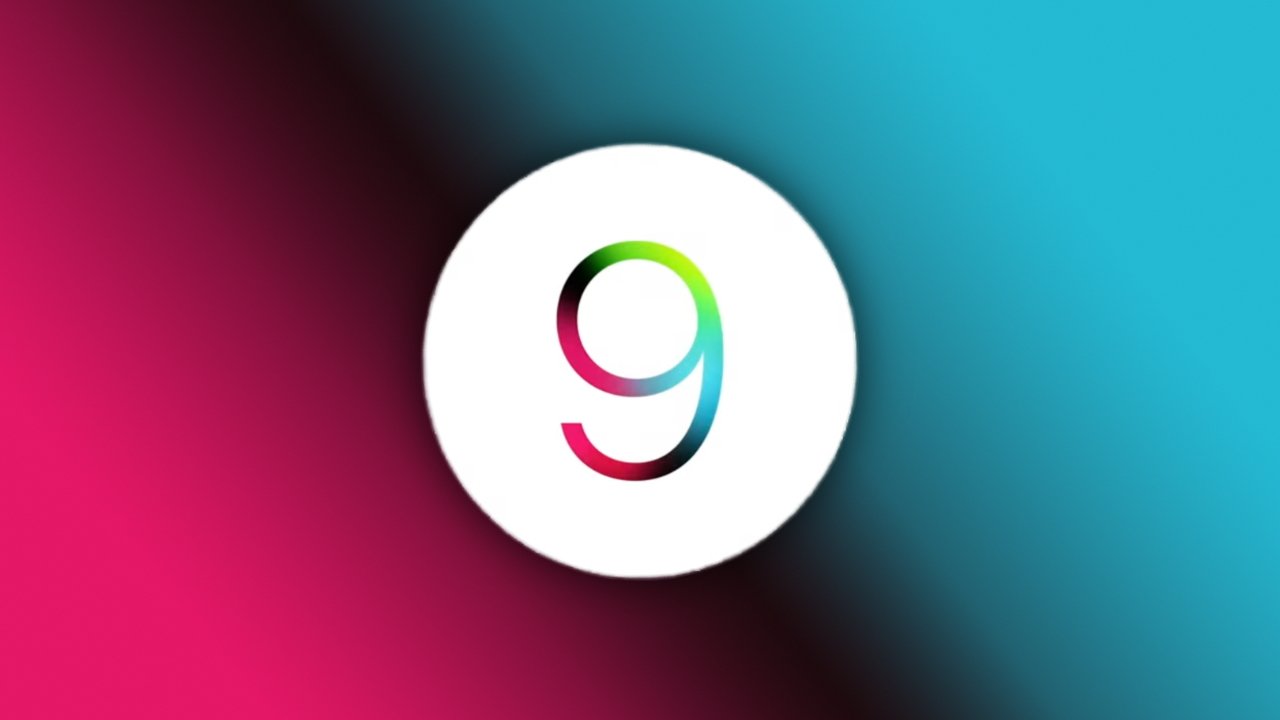
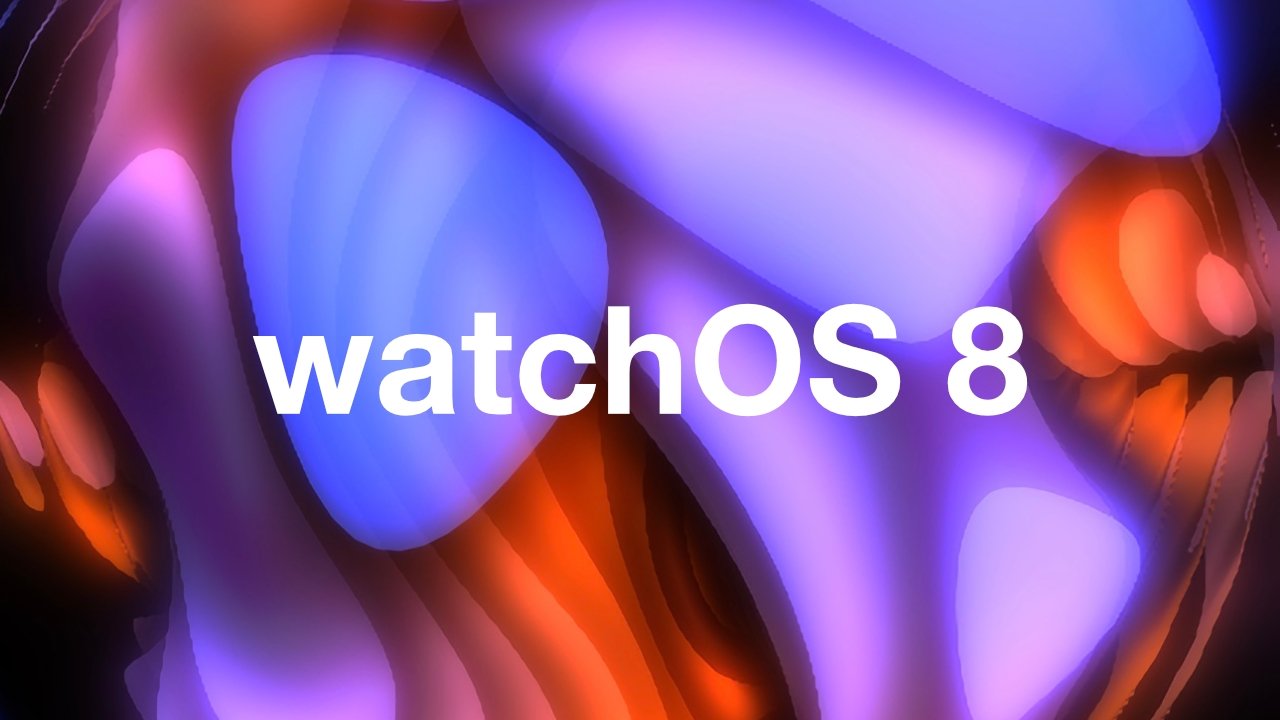


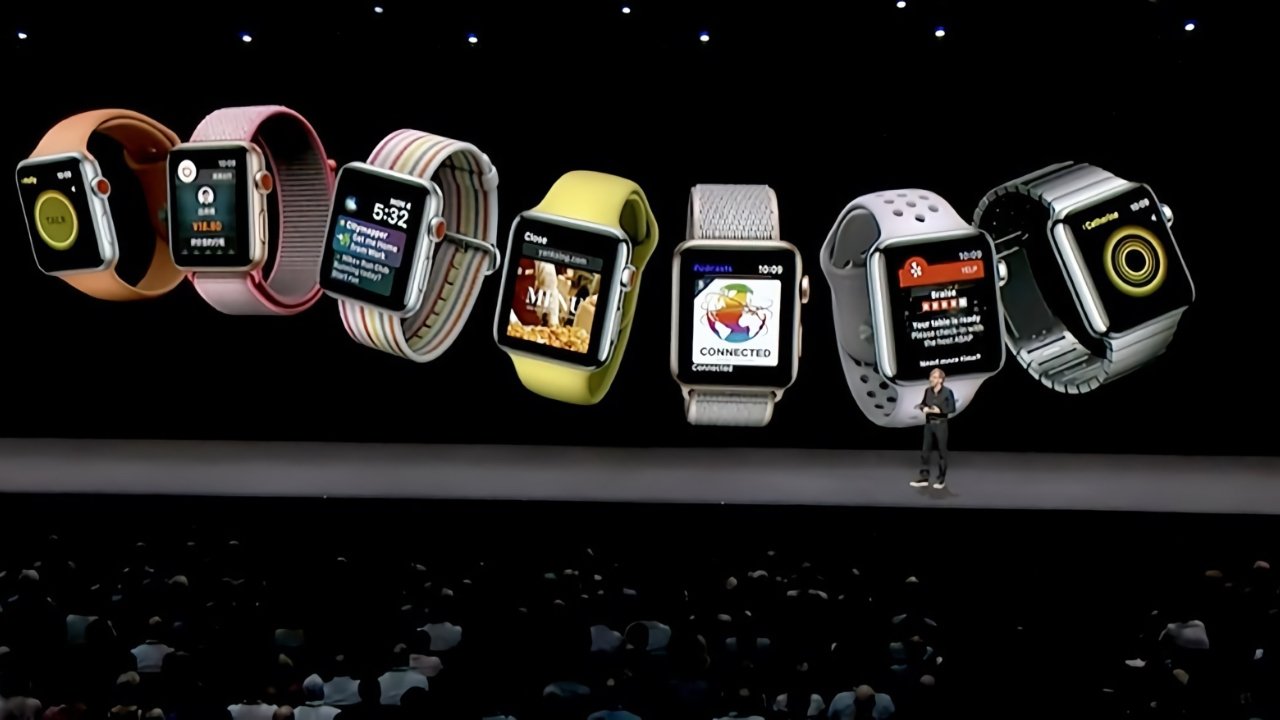
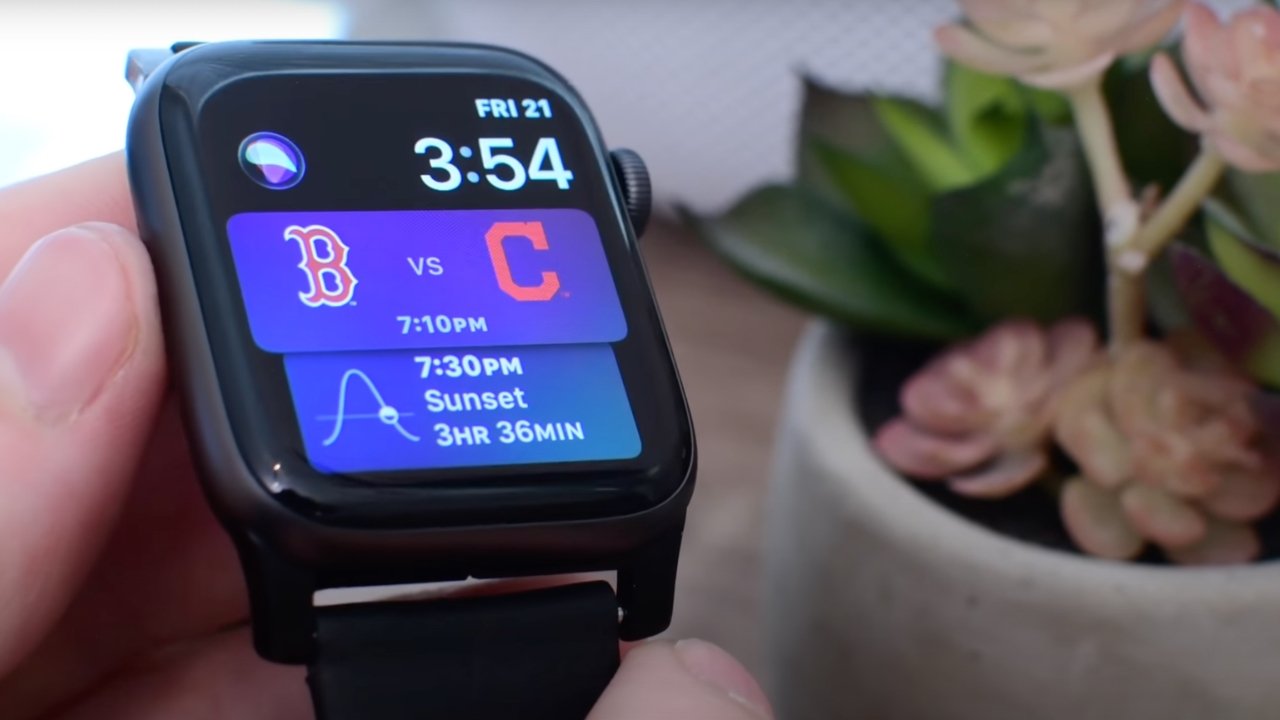
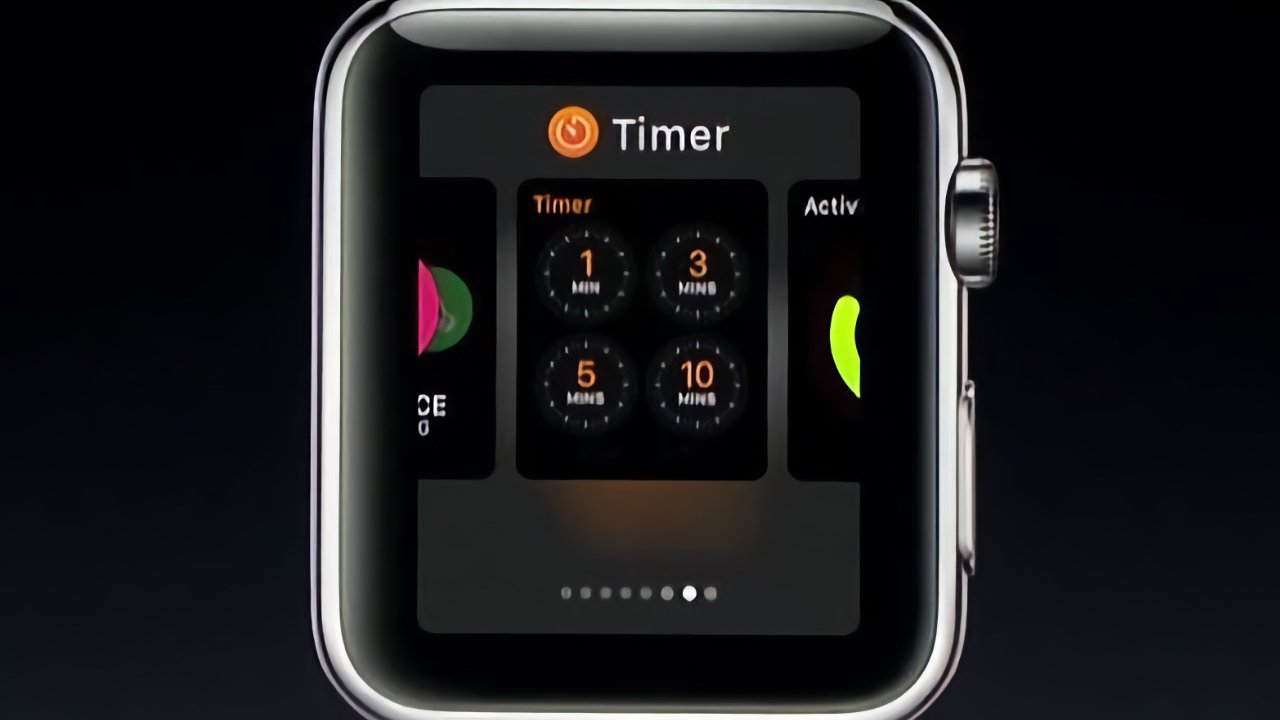
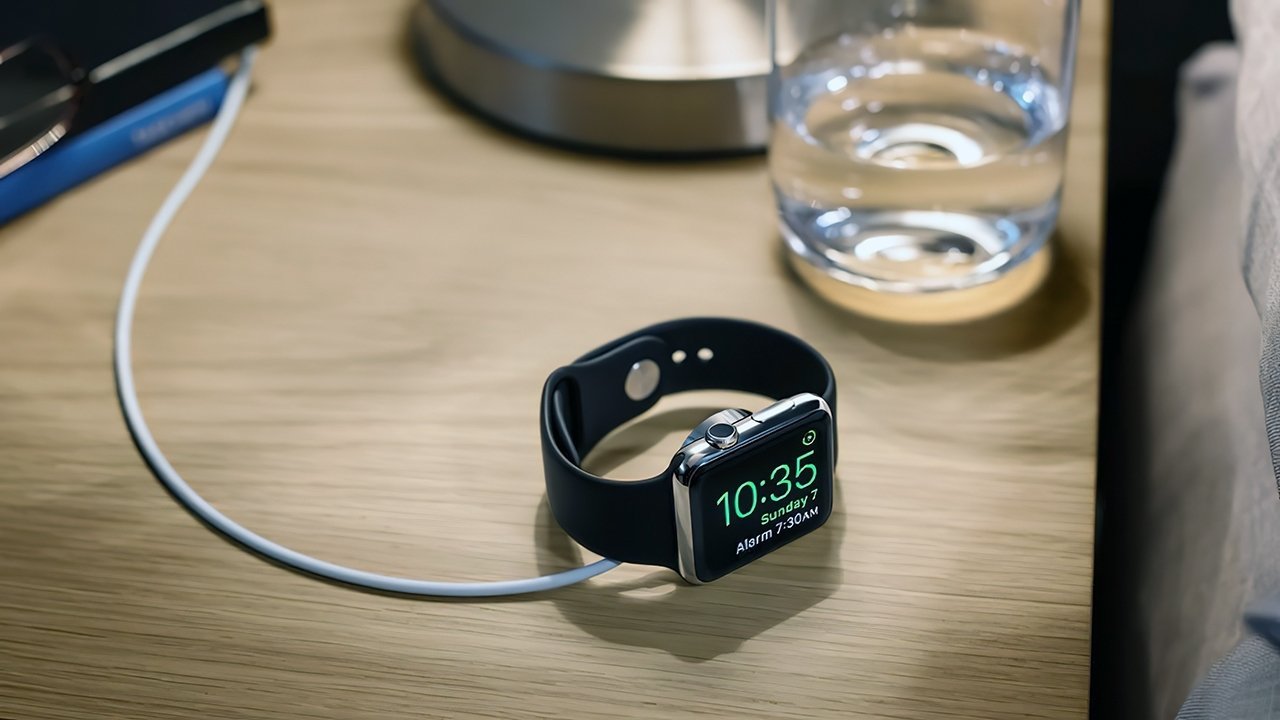
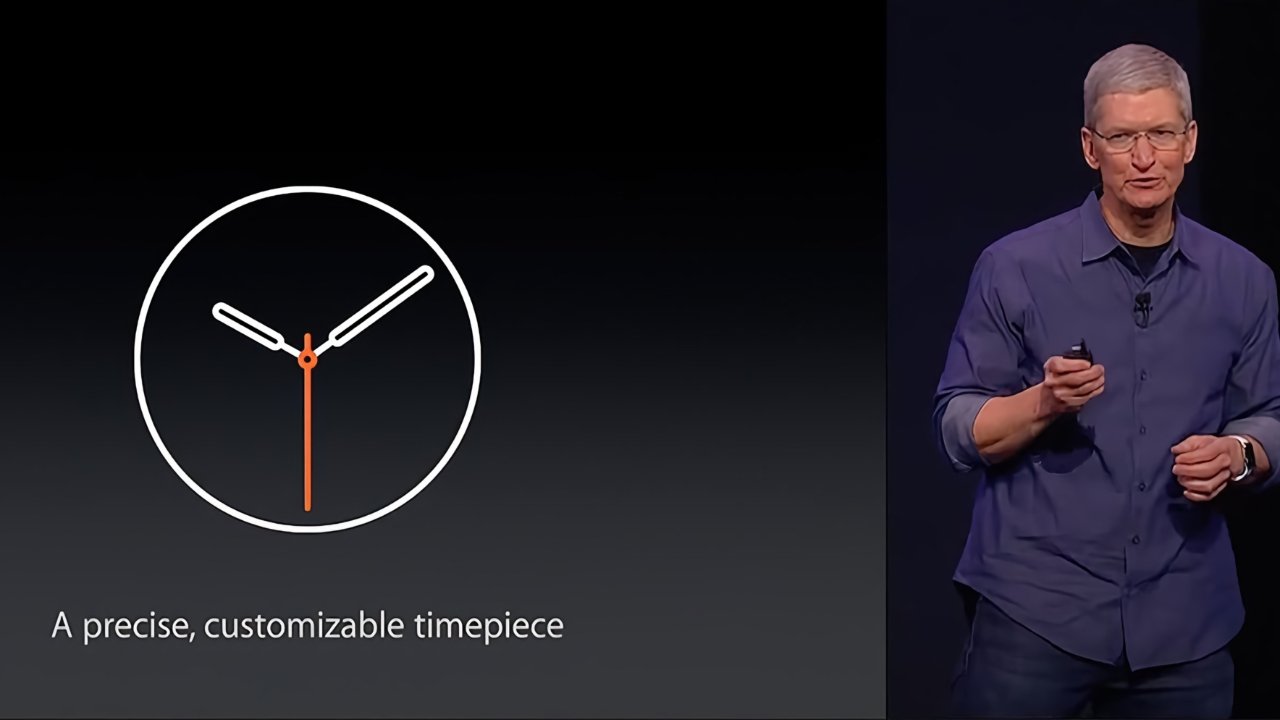
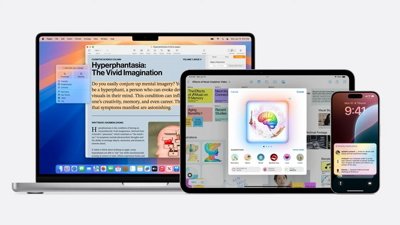
 Malcolm Owen
Malcolm Owen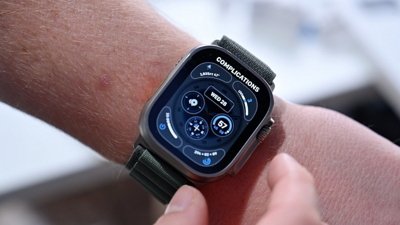
 Charles Martin
Charles Martin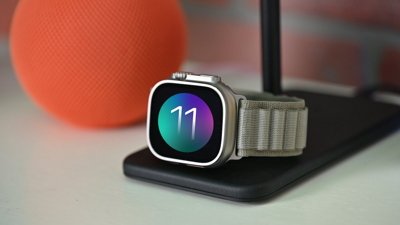
 Amber Neely
Amber Neely
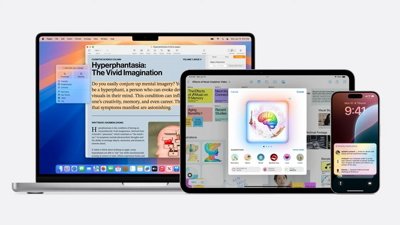


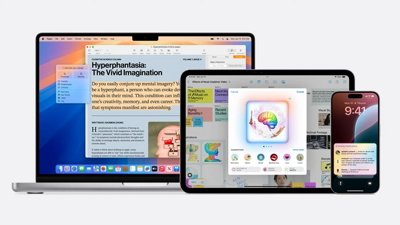
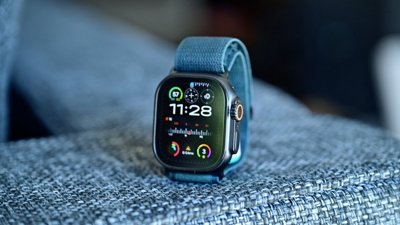
 Andrew O'Hara
Andrew O'Hara